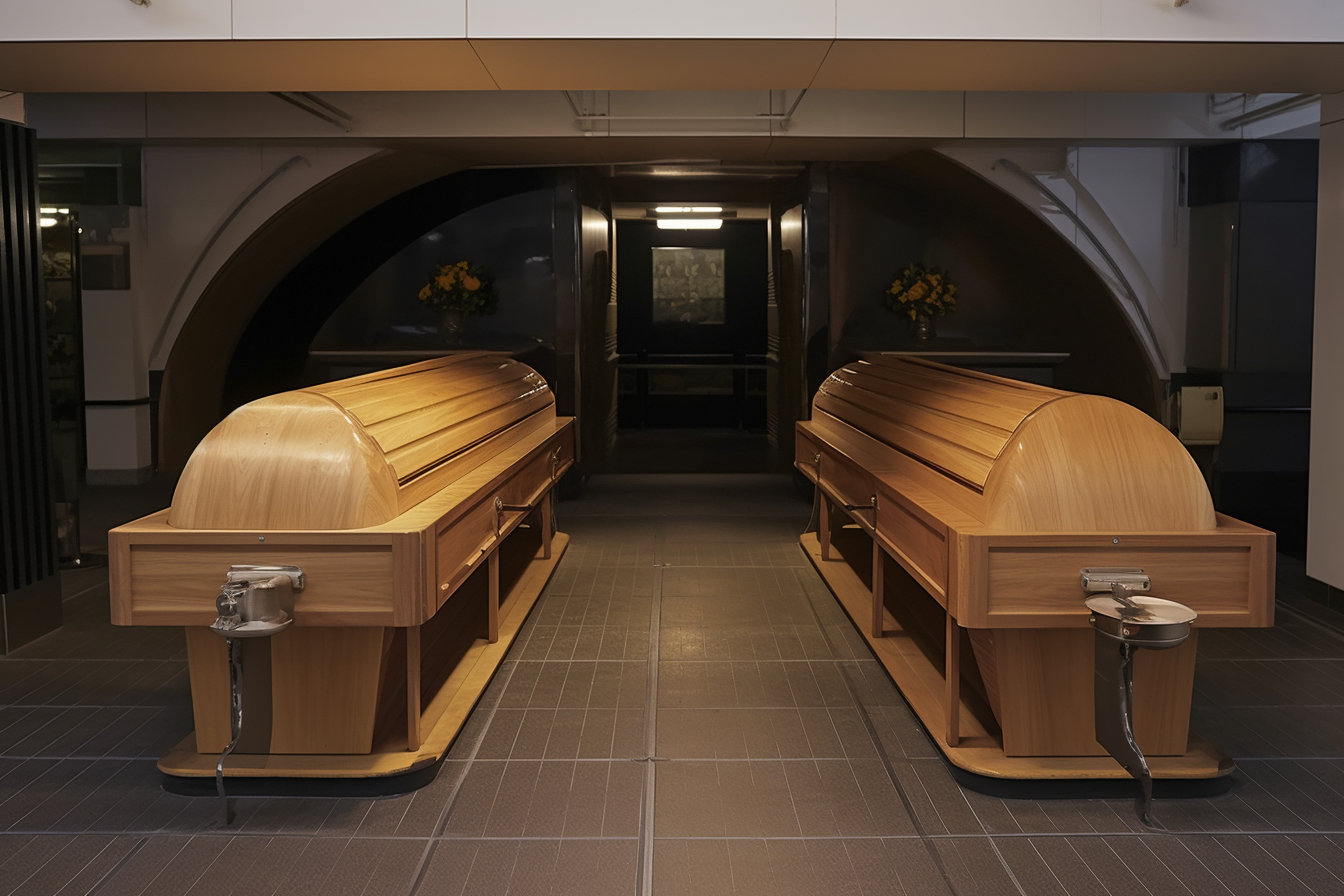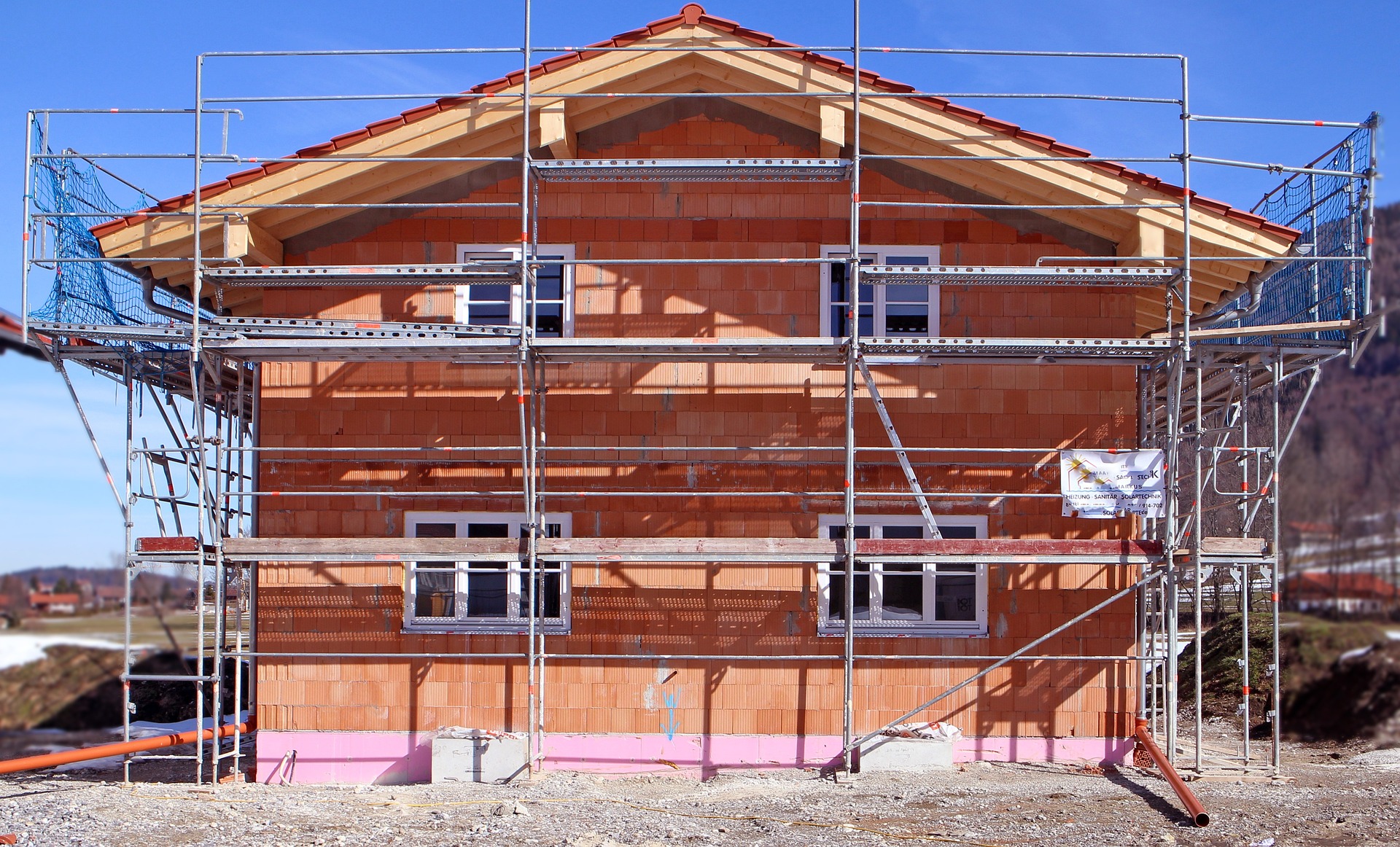Understanding the Cremation Process: Step-by-Step Overview
Cremation has become an increasingly popular choice for end-of-life arrangements in the United Kingdom. This process offers a dignified and cost-effective alternative to traditional burial services. Whether you're planning ahead or facing an immediate need, understanding the cremation process can help you make informed decisions during a difficult time.

What Happens During Cremation?
The cremation process begins with the preparation of the deceased. The body is identified and any medical devices or prosthetics that may interfere with the cremation are removed. Personal items, such as jewellery, are typically returned to the family unless otherwise specified. The body is then placed in a cremation container or casket made of combustible materials.
Once prepared, the body is moved to the cremation chamber, also known as a retort. This chamber is heated to extremely high temperatures, typically between 760 to 1150 degrees Celsius. The intense heat reduces the body and container to bone fragments and ash, a process that usually takes two to three hours depending on various factors such as body size and the type of cremation container used.
What Are Direct Cremation Providers?
Direct cremation is a simple, no-frills option that has gained popularity in recent years. Direct cremation providers offer a streamlined service that includes the essentials of cremation without the additional costs associated with viewing, visitation, or funeral services.
These providers typically handle all necessary paperwork, transportation of the deceased, the cremation itself, and the return of the ashes to the family. The simplicity of this approach often results in significant cost savings compared to traditional funeral services with cremation.
What Are the Cremation Process Steps?
The cremation process can be broken down into several key steps:
-
Transportation: The deceased is transported from the place of death to the crematorium.
-
Documentation: Necessary paperwork, including death certificates and cremation authorisation, is completed.
-
Preparation: The body is prepared for cremation, including removal of any items that cannot be cremated.
-
Identification: A final check is performed to ensure the correct identity of the deceased.
-
Cremation: The body is placed in the cremation chamber and reduced to bone fragments and ash.
-
Processing: The remaining bone fragments are processed into a finer consistency.
-
Placement in urn: The cremated remains are placed in a temporary container or urn.
-
Return to family: The ashes are returned to the family or scattered according to their wishes.
What Is the Cost of a Simple Cremation?
The cost of cremation can vary significantly depending on the services chosen and the provider. However, a simple or direct cremation is generally the most affordable option.
| Provider | Service | Cost Estimation |
|---|---|---|
| Co-op Funeralcare | Direct Cremation | £995 |
| Dignity Funerals | Direct Cremation | £1,395 |
| Pure Cremation | Direct Cremation | £1,195 |
| Memoria Direct | Direct Cremation | £850 |
Prices, rates, or cost estimates mentioned in this article are based on the latest available information but may change over time. Independent research is advised before making financial decisions.
These prices typically include collection of the deceased, all necessary paperwork, a simple coffin, the cremation itself, and return of the ashes. Additional services such as viewing, ceremony, or more elaborate urns will increase the cost.
What Is a Witness Cremation?
A witness cremation, also known as an attended cremation, allows family members or friends to be present during the cremation process. This option provides an opportunity for a final goodbye and can be an important part of the grieving process for some individuals.
During a witness cremation, observers typically view the beginning of the process, including the placement of the body into the cremation chamber. The actual cremation takes several hours, so attendees usually do not stay for the entire process.
Not all crematoriums offer witness cremations, and those that do may have specific guidelines and limitations. It’s important to discuss this option with your chosen provider if it’s something you’re considering.
In conclusion, understanding the cremation process can help demystify this increasingly common end-of-life choice. From the initial steps to the final return of ashes, cremation offers a respectful and often cost-effective alternative to traditional burial. Whether opting for a simple direct cremation or a more elaborate service with witness options, being informed about the process can help you make decisions that best honour your loved one’s memory.




